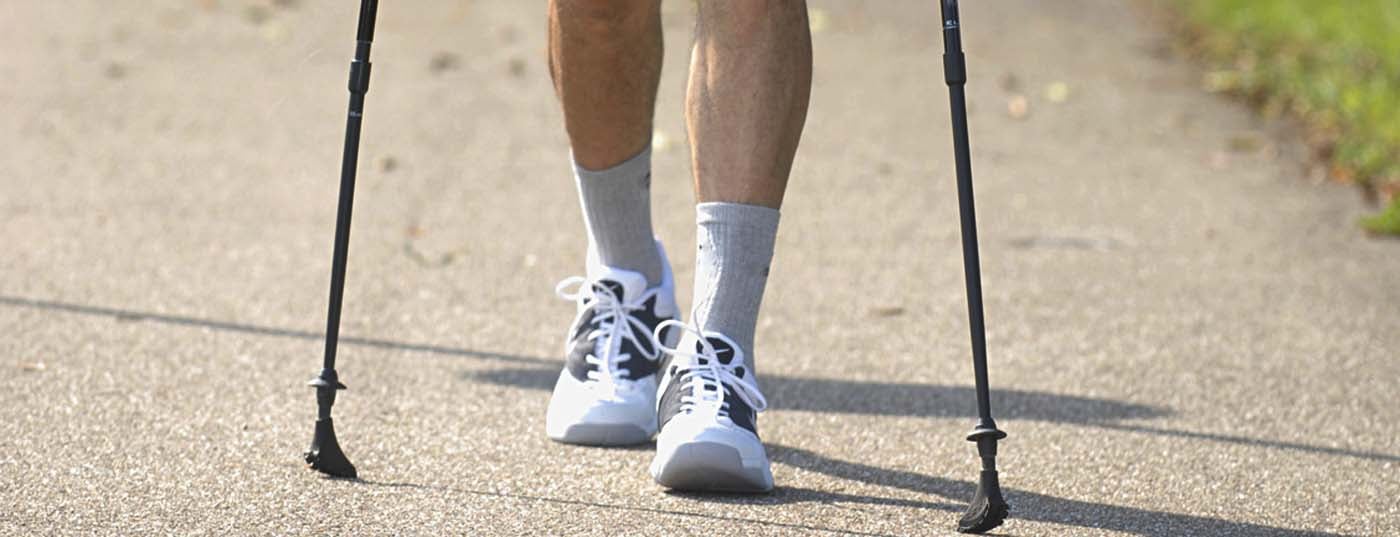Information on whether or not physical activity is a risk for the development of ALS would be important in terms of understanding pathogenesis. A population-based, multinational case-control study examined this association.
Background: Physical activity has been consistently discussed as a risk factor for the development of ALS. In addition to reports of prominent athletes who later developed ALS, the data in the literature has been mixed, ranging from warnings against sport as a risk factor to its endorsement as a preventive measure. Informing whether or not physical activity is a risk for developing ALS would be important with respect to understanding pathogenesis. This association was examined in the population-based, multinational case-control study by Visser et al.
PATIENTS AND METHODS: Participants were recruited as part of the Euro-MOTOR consortium case-control study between 2011 and 2014. All met the revised El Escorial diagnostic criteria for possible or probable ALS. Controls were recruited by primary care physicians during routine visits and matched for age, sex, and place of residence.
A standardized questionnaire was applied to all study participants. This included demographic data, alcohol and tobacco use (never, former, active; pack years, smoking years), education, past and current occupations, trauma, and sports and hobbies, with duration of practice in years and hours per week. Finally, physical activities were calculated using the “Compensium of Physical Activities” and expressed as “metabolic aquivalent of task=MET”:

Results: A total of 1557 patients and 2922 controls were included in the study. Patients were more likely to be smokers and drank less alcohol. After adjusting for age, sex, education, tobacco/alcohol, and region, a linear association was found between physical activity and ALS risk: the more physical activity, the higher the risk of developing ALS (OR 1.06; 1.04-1.09). However, physical activity had no effect on phenotype (initially affected body region, age of onset).
Authors’ conclusion: The authors showed a linear relationship between physical activity and the risk of developing ALS. Physical activity was an independent risk factor even after correction for occupational noxious agents such as pesticides. An above-average active person (>75%) increased the risk of ALS by 26% compared to a below-average active person (<25%). The authors cannot completely exclude the influence of e.g. minor traumas, which may be associated with sports, or certain diets that athletes may follow. Another indication that physical activity is an independent risk factor is the fact that ALS manifests more frequently in the dominant hand at baseline.
Comment: Visser et al. have conducted a large multicenter and multinational study to more precisely map the previously unclear association of physical activity and ALS risk. The interesting finding of this study is the linear relationship between the two factors. Accordingly, there is an increased risk of ALS not only in top athletes, but also in people with above-average physical activity.
InFo NEUROLOGY & PSYCHIATRY 2018; 16(4): 18.












